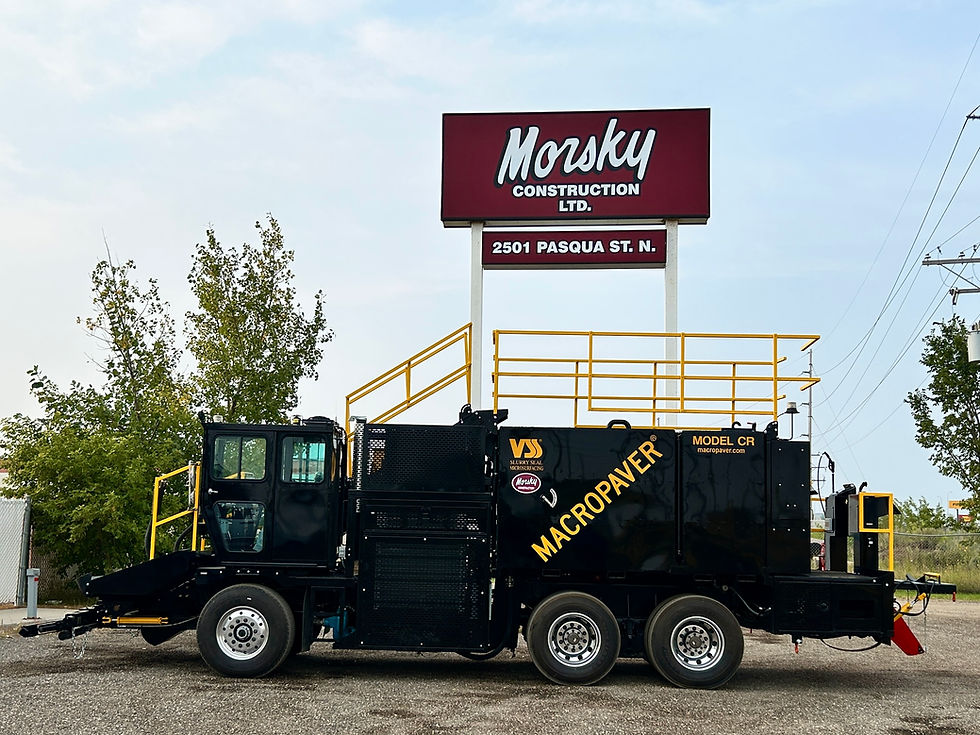Slurry Seal vs. Micro Surfacing: What’s the Difference—and Why It Matters
- danielmartin437
- Jun 24
- 1 min read

They might look similar on the surface. They might even be placed by the same machine. But slurry seal and micro surfacing are not the same treatment. And choosing the right one? That’s the difference between a quick fix and a long-term win.
Let’s Clear It Up:
Slurry Seal
Emulsion Type: Slow-set
Cure Time: Needs evaporation to set—think 4 to 8 hours
Aggregate: Typically finer
Use Case: Low traffic roads, residential areas, preventive maintenance
Slurry is your dependable, affordable preservation treatment. It’s ideal when you need to protect and seal aging pavement—without breaking the budget.
Micro Surfacing
Emulsion Type: Polymer-modified, quick-set
Cure Time: Chemical break—ready for traffic in under an hour
Aggregate: Coarser, stronger
Use Case: Arterials, highways, rut-filling, reactive maintenance
Micro surfacing is your heavy hitter. It handles higher volumes, deeper wear, and more aggressive demands—fast.
So Which One Should You Use?
It depends on the road, the goal, and the budget. But whichever one you choose, there’s only one machine that can do both like a boss:
Macropaver.
Whether it’s the 12-EX handling residential slurry or the Macropaver CR putting down fast-curing micro on a four-lane highway, our machines were built to do both—better.
Precise emulsion control
On-the-fly adjustments
Intuitive operation
Rugged as hell
Real crews need real versatility. And that’s exactly what we build.
Because if you’re still choosing between two treatments—but not choosing Macropaver? It’s Your Own Asphalt™.





Comments